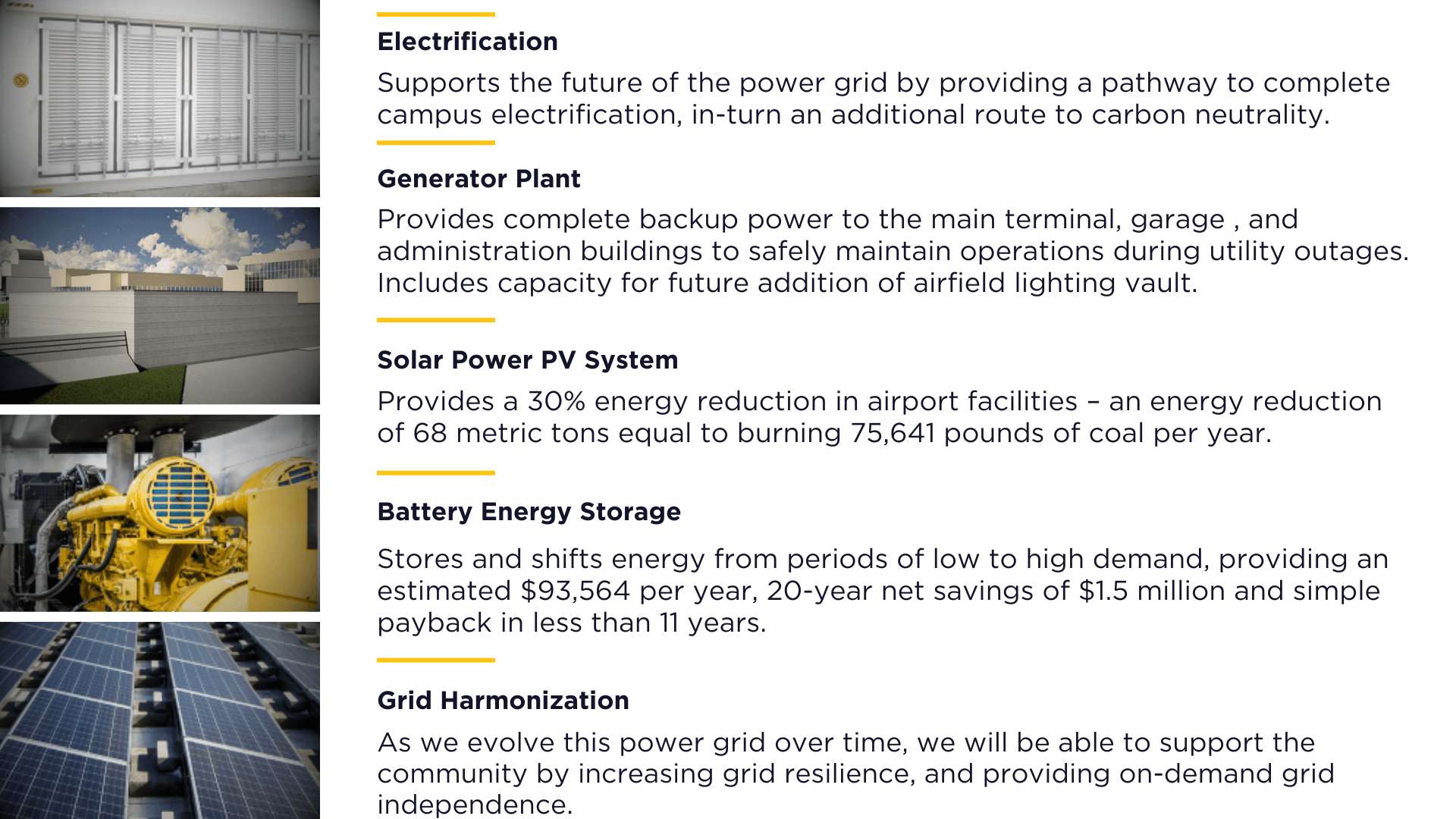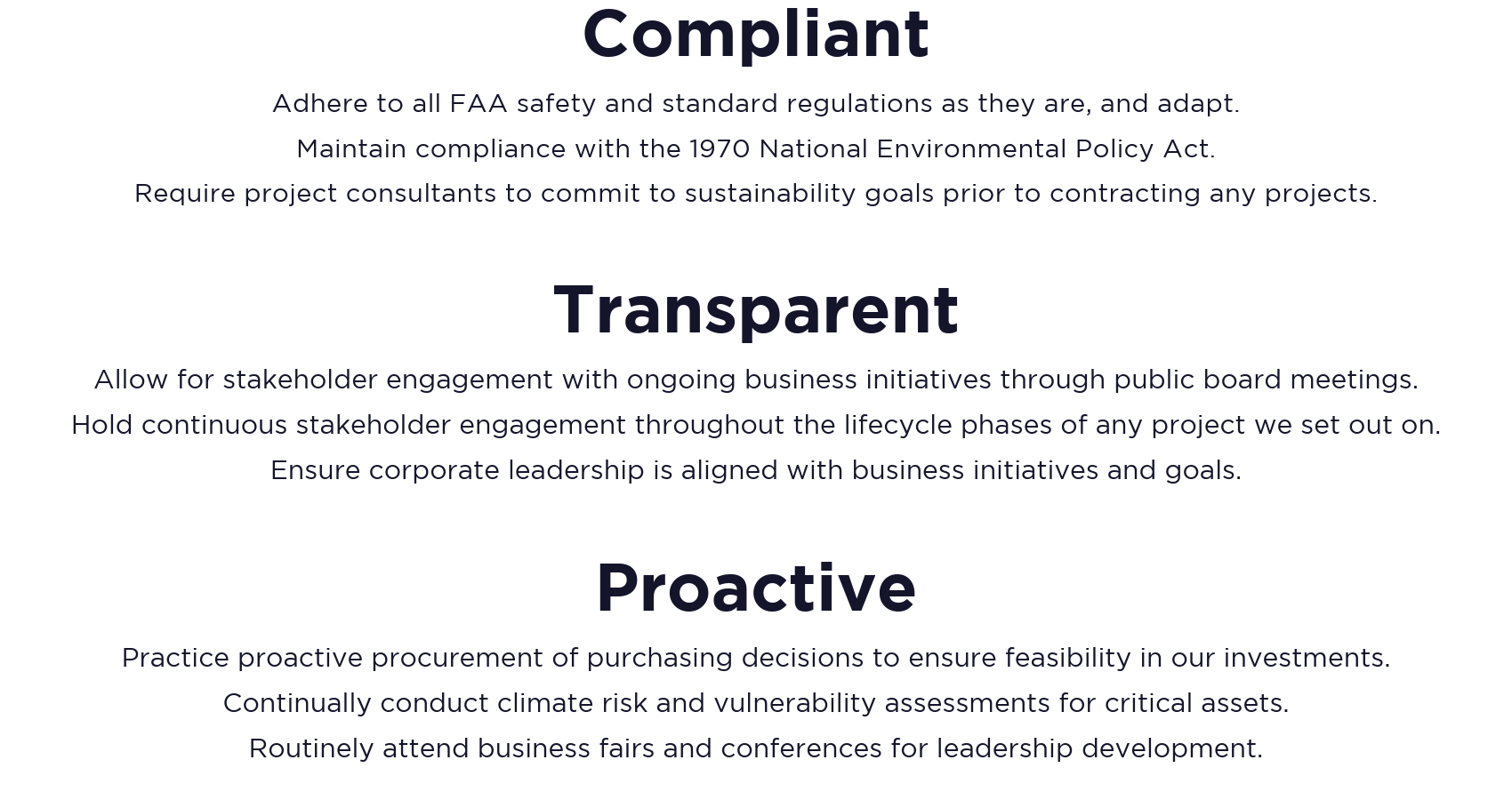Made up of 648 vertical wells, each drilled 500 feet deep – SDF’s Geothermal HVAC System is the largest of its kind at any airport in the United States. By using the earth’s natural temperature, it allows us to heat facilities in the winter and cool them in the summer, all while saving enough energy equivalent to planting 500 acres of trees.
Not only is this system a greener way of heating and cooling the airport but it also contributes to a healthier, more comfortable travel experience to airport users, by optimizing the ventilation and filtration of air.







